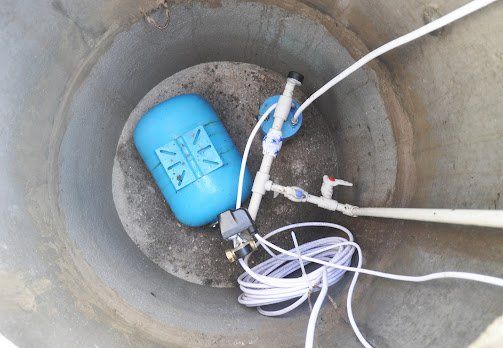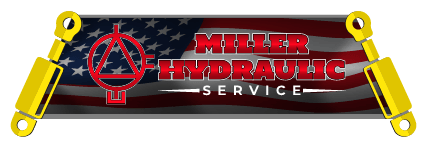Factors to Consider When Choosing a Hydraulic Pump

Several factors determine the efficiency and lifespan of a pump. Knowing what to look out for when selecting a pump will ensure you pick one that will serve you for long. When you go to a vendor, you should already have an idea of what you need in a pump. We put together this list of important factors to consider when choosing a hydraulic pump to help you make the right choice.
Pressure
A hydraulic pump's pressure rating determines how much pressure a pump can withstand without developing an internal leak or damaging its internal components. Some of the factors that contribute to the pressure rating of a pump include its length and fittings, internal components like valves and filters, and static lifts.
Pumps are pressure rated under the same temperature, inlet pressure, and speeds, determining their capacity rating. A vane pump is suitable for 150 to 250 psi pressures, while pressure piston pumps are suitable for pressures above 500 psi.
Fluid Type
Consider whether the material of the pump is compatible with the types of fluid the pump shall come into contact with. A pump's compatibility with different fluids will also partly depend on the properties of the fluid. Some liquid properties you should consider before selecting a pump include:
• The liquids' viscosity
• Whether or not the liquids are abrasive
• The liquids' temperature
• The solids present in the liquids and their concentration
• The liquids' vapor pressure
• Whether the liquids are shear sensitive
Pump Placement
Where you plan to place the pump will determine which type of pump is most suitable. If you will place the pump outside your premises, it must have features that protect it from freezing temperatures. If the pump placement is in a hazardous environment or one with dust or explosive vapors, the pump you select must have a motor that can withstand the mentioned elements.
Capacity
A pump's capacity, flow rate, or volumetric output is one of the most essential features determining its performance. A pump's capacity shows the volume of liquid that can flow through the pump at a given time. The normal and rated capacities are the capacities your pump will likely operate on most of the time. The normal capacity is lower than the rated capacity, which is the flow rate guaranteed by the manufacturer
A pump with a lower capacity will take more time to pump liquid from an area than a pump with a higher capacity rating. However, higher capacity rated pumps cost more than lower capacity rated pumps. Therefore, you must consider your budget when choosing a pump based on its capacity rating.
Drive Speed
The average drive speed for most pumps ranges at 1200 or 1800 rpm. However, mobile hydraulic pumps may have a drive speed of 2000 rpm if driven by internal combustion engines. On the other hand, industrial hydraulic pumps may have speeds of 4000 rpm.
The maximum speed that a pump can withstand depends on its pressure rating and ability to avoid cavitations. If your pump will operate at high pressures, you must also inquire about its minimum speed to ensure it does not overheat when it is running.
Before selecting a pump, you must also consider constant and intermittent drive speed ratings. A pump's constant speed rating will tell you the maximum speed and pressure it can withstand while constantly operating, while the intermittent speed rating will tell you the maximum speed and pressure it can withstand when operating for short times.
Efficiency
Some of the efficiency parameters you must consider when selecting a pump include overall mechanical and volumetric efficiency. A pump's efficiency will determine how much work it can take.
Consulting an experienced hydraulic pump contractor on the above factors will ensure you select a pump you can trust to serve you well. Contact us today for more information on different hydraulic pump selections.





